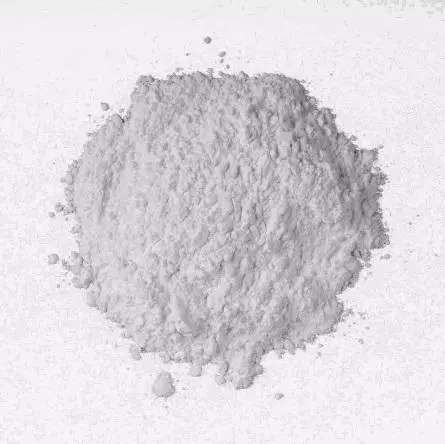Boric Acid (99.9% Granular) - Bolivia
|
IUPAC Name |
: Boric Acid |
|
Cas Number |
: 10043-35-3 |
|
HS Code |
: 281000 |
|
Formula |
: B(OH)3 |
Basic Info
|
Appearance Name |
: White Granules |
|
Common Names |
: Orthoboric Acid |
|
Packaging |
: 25 Kg Bag |


.webp)

---chile.webp)
---turkey.webp)
